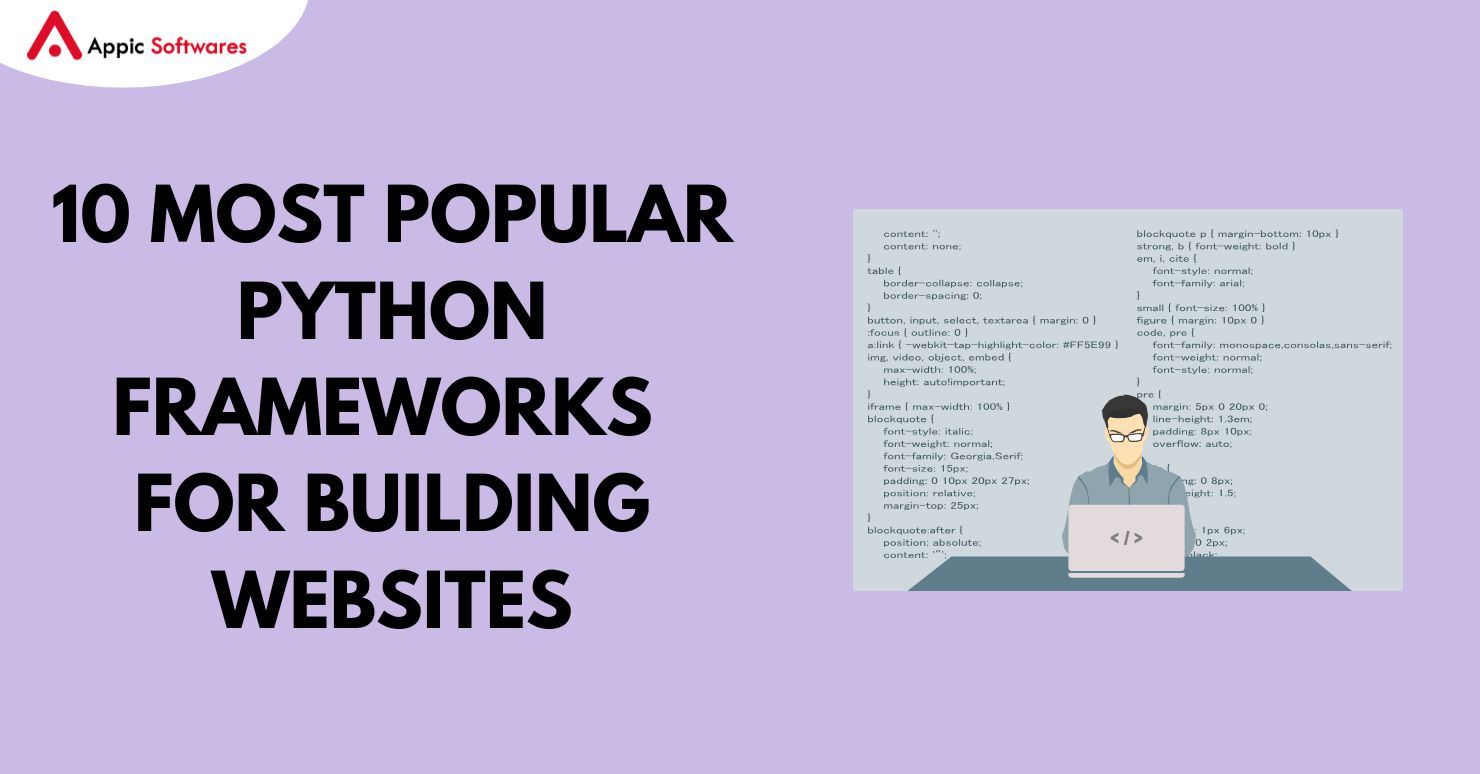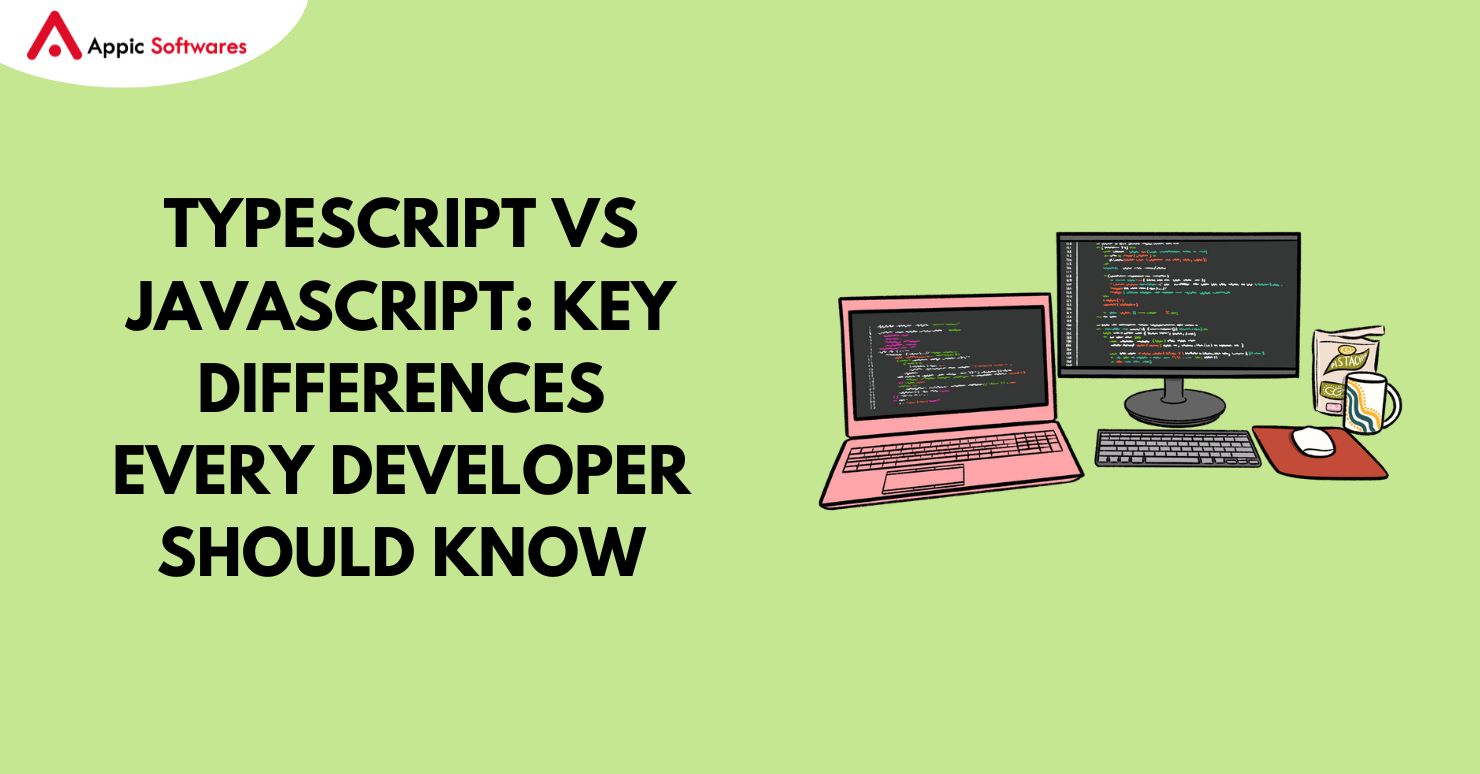
As more companies develop AI-based applications, the need for a programming language that is easy to implement becomes increasingly important. Python for AI Development has gained significant attention in AI, data science, and machine learning due to its simplicity, flexibility, extensive libraries, and a large community of developers.
In this article, we will focus on the reasons why Python is the best programming language for AI and ML, and how it compares to other well-known languages.
The Popularity of Python for AI Development
There are many reasons why Python AI development is popular in artificial intelligence and machine learning. For example:

-
Large Selection of Libraries and Frameworks
Designing and developing AI/ML applications is a tedious process. However, numerous libraries come with Python. This is the primary reason why developers prefer it over other languages.
Take, for instance, how Scikit-learn has provided so many different implementations of ML algorithms such as linear regression, logistic regression, and even support vector machines. Other known libraries include spaCy and the Natural Language Toolkit (NLTK). In the meantime, the TensorFlow, PyTorch, and Keras libraries are popular in the AI world. Many others, like NumPy, Pandas, and Seaborn, make data manipulation simpler. These Python-exclusive libraries make it easy to write complex code with less time spent.
-
Syntax is Straightforward
Python syntax is easy and more relatable to the structure of English, making it easier to learn. As a result, the time spent by developers to learn it is greatly reduced. Also, indentations instead of brackets make it even simpler.
-
No Source Code Recompilation
The source code does not need to be recompiled every time, which saves a lot of time for developers. Instead, they only have to change the code and view the modifications. The freedom brought by every means is one of the greatest benefits of working with Python AI development.
-
Independent Platform Usage
Python codes can be executed on multiple platforms such as Windows, Mac, UNIX, and Linux.
In the same manner, the use of informal language and jargon are also displays of the effectiveness of great community support. Being one of the most popular open-source programming languages, Python has a global community of users. An eager user base is always willing to help and participate regardless of their skill level, which is helpful when it comes to troubleshooting code.
Python enables the user to be highly flexible in their approach, which eliminates the hassle of public vs. private undertakings. Furthermore, Python enables developers to rapidly advance without difficulty because the community provides a lot of resources and support.
Why Do Developers Prefer Python for AI Development?
Python offers several advantages over other languages, which is why it is preferred by developers for AI development. The most prominent benefits include:

1. Reduced Time and Effort
For example, it is extremely easy to write an AI or ML service model because you will not need to spend months writing it.
These modules help reduce the time required to implement models compared to other languages. More lines in other languages equate to greater time spent in the use of these languages. Moreover, it also greatly lowers the chances of confusion errors being written into the code, allowing the coder to easily modify it whenever deemed necessary.
Moreover, in the ever-changing world of technology, Python’s wide-ranging built-in library, alongside other ready-to-use plugin modules, reduces the time and resources required to create a product.
For instance, you do not need to custom code a neural network. The work can be made easier through the usage of a library such as TensorFlow or PyTorch, which gives you an easy-to-use interface for developing and training deep learning models.
2. Cost-Effective Solutions
Because of its open-sourceness, Python does not incur any licensing fees, which means that there are no financial restrictions when it comes to using it. This is especially considerate for startups and firms that may be tight on capital. Not only that, but Python has a great and supportive community that constantly adds to the already vast pool of open-source tools and libraries, which allows expense-free development.
For example, AI and ML models can be built and tested free of charge using Jupyter Notebooks and Google Colab, hence eliminating the need for expensive hardware and software.
3. Scalability and Flexibility
Python programming language is very scalable and flexible due to its dynamicity and object-oriented nature. This makes it possible for Python developers to work with large and complex models and datasets without any loss in efficiency. One example is the NumPy library of Python, which is designed for dealing with large arrays and matrices using complex data structures and sophisticated mathematical functions. This makes it especially useful in the AI and ML industry, where colossal datasets are the norm.
4. Increased Productivity
AI and ML project productivity can be improved through Python automation of repetitive tasks. By automating mundane tasks such as data preprocessing and evaluation, a developer can put in much more valuable effort and time in other important aspects of the project.
The Pandas library enables data cleaning and transformation, automating these processes to save time and reduce human error.
With excellent maintainability and understanding of Python code, it is simple to modify and debug, and costly mistakes become likely while increasing developing time drastically. The proper structure of codes and programs written in Python leads to highly maintainable software and systems and leads to drastic savings in long-term development costs.
5. Innovations Made Easier
Having a plethora of tools and libraries at the fingertips of a developer makes testing new ideas and solving AI and ML problems much easier. For example, developers can solve challenging problems for image classification, natural language processing, or even generative modeling using Python’s deep learning frameworks like TensorFlow and PyTorch, which provide sophisticated instruments for constructing and training complex neural networks.
Unlike other programming languages, the ability to instantly visualize underlying data structures in an interactive IDE makes Python for AI development truly stand out. Such features ease the complexities for developers, allowing them to utilize Python for AI and ML projects more efficiently, encouraging innovation and creative thinking.
Having a Python developer for your AI and ML projects will increase innovation while providing the following benefits: improved efficiency, enhanced scalability, faster development cycles, and lower costs in the long run.
Different Libraries in Python Have Been Made to Cater to Ease AI Development:
Below are the Python frameworks that stand out in comparison to the rest and their distinguishing features:
- NumPy: This library supports multidimensional arrays and complex matrices, along with a wide array of mathematical functions manipulation for these arrays.
- Pandas: Their reputation on the structure and data frame series precedes them. They are one of the most popular tools in data analysis, pre-processing, manipulation, and many more.
- TensorFlow: This groundbreaking library from Google focuses on dealing with complicated numerical data along with machine learning data processing on a huge scale, which is perfect for doing training and building neural networks.
- Keras: Keras is an easy-to-use deep-learning framework for Python. It offers simple APIs that integrate seamlessly with TensorFlow, Theano, or Microsoft CNTK, enabling rapid and effortless prototyping.
- Pytorch: Facebook’s AI Research Lab developed this open-source library. It is now a custom-made version of the Torch library and is popular for other computer vision and NLP tasks.
- Theano: Theano is a Python library that is a boon for deep learning systems. It is an advanced version of numerical Python compatible with large, complex data calculations on demand.
- Scikit-Learn: The popularity of this library is due to its great features that allow data mining and data analysis. Scikit-learn uses NumPy, SciPy, and Matplotlib and provides built-in algorithms for classification, clustering, regression, dimensionality reduction, and data analysis.
- PyBrain: Short for Python-based reinforcement learning, Artificial Intelligence, and Neural Networks. Pybrain claims to supply a multitude of machine learning algorithms, especially for neural networks, alongside providing a flexible environment for experimentation.
Python vs. Other Languages
Unquestionably, Python is one of the top programming languages when it comes to developing AI and machine learning applications. According to the fourth edition of the annual Python Developers Survey conducted by JetBrains and the Python Software Foundation, 85% of developers began using Python AI development services as their primary programming language. Out of the more than 28,000 developers surveyed, the remaining 15 percent used it as a secondary language.
Developers found JavaScript to be the most popular language they use alongside Python. From the same survey, more than 50% of participants reported preferring AI development with Python for completing data science projects. It is also interesting to note that only 3 percent of web developers build AI assistants in Python, whereas 73 percent use a combination of Python and JavaScript.
Java
While enduring numerous arguments regarding Java and Python, one should understand that Java is significantly faster when executing Python codes. In contrast, Java takes significantly longer to write code than Python due to its many lines of code. Generally, a Java code can take from 3 to 5 times longer to write than a Python code. This is where you won’t waste time writing code, as you don’t need to declare types of parameters or variables.
Consider the situation where you add ‘a’ and ‘b’ in Python. In this language, the interpreter first tries to determine the type of the variables being added. This information is unnecessary in Java. In Java, the compiler takes care and knows what the variable is, and therefore, Java spits out the answer quicker than its counterpart. However, unlike Java, you can overload user-defined operators in Python. Therefore, it is wise to call Python a “glue” language.
C++
Everything explained in Java also holds for C++. Nevertheless, for Python, the amount of code is 5-10 times less than that of C++. As a stitching language, it binds the parts of C++.
It is quite clear why Python is one of the most popular programming languages. The abundance of benefits it offers makes building expansive AI-based applications easy and attainable.
Python Vs R
R is great for anything relating to statistical computing and even visualization, but its applications pale in comparison to what Python is capable of, especially in AI. The learning curve of R follows the same trend, limiting people who want to explore domains beyond statistical computing.
Python vs. Other AI Programming Languages
Some other programming languages, like Haskell and Julia, have been on the rise in AI development recently so it would also be appropriate to put them against Python.
To start with, in terms of results, Julia has shown some promise, and considering the performance of the tool and the ecosystem growing steadily, it is a good candidate for high-performance AI solutions. Currently, it lacks the depth of features and tools that come with Python, which takes away a lot of the development productivity.
Haskell offers excellent performance and functionality, but the catch is that it is one of those languages that developers find complicated to learn.
Final Thoughts
Python has established itself as the top programming language for creating artificial intelligence. It is the preferred option for companies and developers wishing to create AI-driven apps due to its versatility, robust libraries, and ease of use. Its uses are numerous, ranging from full-stack web development and AI with Python to deep learning and natural language processing.
The Python programming language for artificial intelligence is also gaining more traction, enabling developers to build AI assistant Python applications easily. Appic Softwares makes AI work for your business, no matter the industry, with expert app development services.
Python for AI development ought to be your first pick if you want to create AI solutions. The options are unlimited, whether you want to use Python to create an AI assistant or investigate full-stack web development and AI.
Contact our development team if you are considering using Python AI in your product.








